Yates Account
Join now
Create a Yates account today!
Sign up to join the Yates Garden Club for monthly e-mails packed with seasonal inspiration, tips for success & exclusive promotions.
Plus if you’re a Garden Club member you can take part in the Yates Growing Community - a blog to share successes, get advice & win prizes in fun challenges along the way!

Forgot password
Enter the email address associated with your account, and we'll email you a new password.

How to grow asparagus in a garden
Growing from seed
- Prepare the soil by adding in Yates Thrive Natural Blood Bone with Seaweed.
- Seedlings should be two years old before planting out in their permanent position.
- Asparagus has male and female plants – males grow bigger and produce better spears so female plants, which grow red berries, should be discarded.
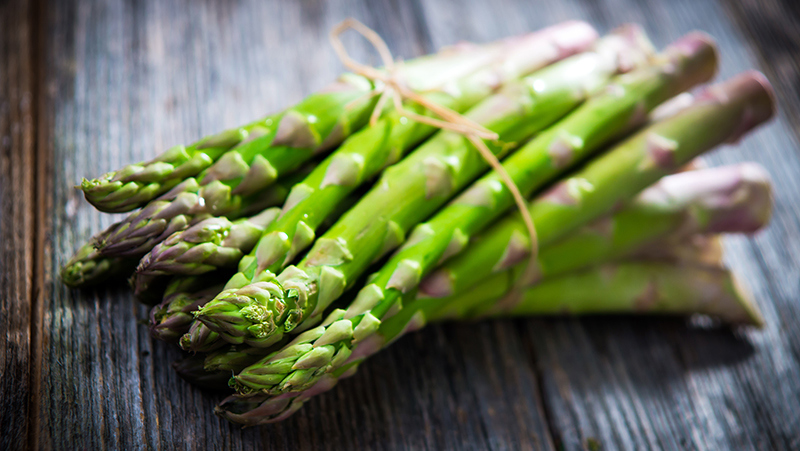
How to grow asparagus in a garden
Growing from crown
- Prepare the soil by adding in Yates Thrive Natural Blood Bone with Seaweed.
- Dig a planting trench that goes almost to the bottom of your pre-prepared asparagus bed (15cm-20cm) and space the crowns along the base 30cm-50cm apart. Spread each clump over its own little mound of soil, and cover lightly.
- Backfill trench with soil as the shoots grow.
- When the trench is full, mulch with a thick layer of organic matter (e.g. compost mixed with dried grass clippings).
- Water and feed regularly with Yates Thrive Natural Fish Seaweed+ Plant Food Concentrate.
Growing tips
-
As plants grow, they develop leafy fronds, which capture energy from the sun for the spears to grow. They will naturally die down in winter, but don’t worry, they will unfailingly re-appear each spring. Remove and compost the dead ferns in autumn and feed in late winter or early spring with Yates Thrive Natural Blood Bone with Seaweed. Renew the layer of mulch each year.
-
Small spears will appear in the first year, but we recommend pruning them so the plant doesn’t waste energy into producing them. Your first proper harvest will be the second growing season. Feed regularly during the warmer months with Yates Thrive Vegie and Herb Liquid Plant Food.









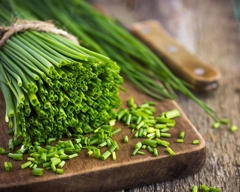
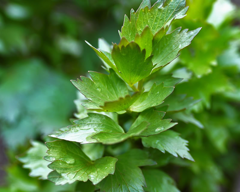
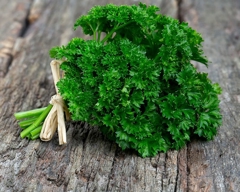
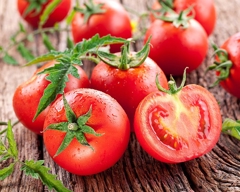







Share
Share this article on social media